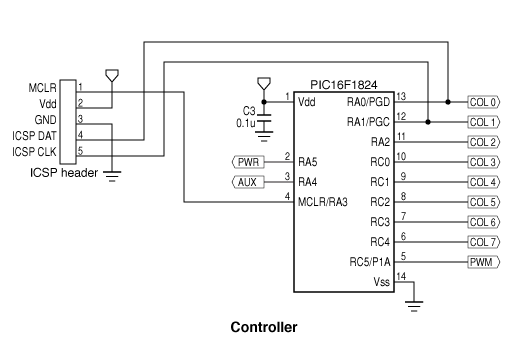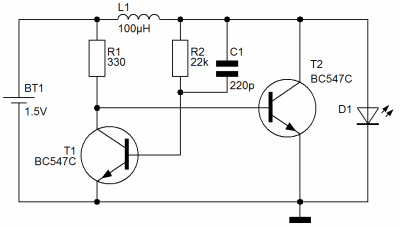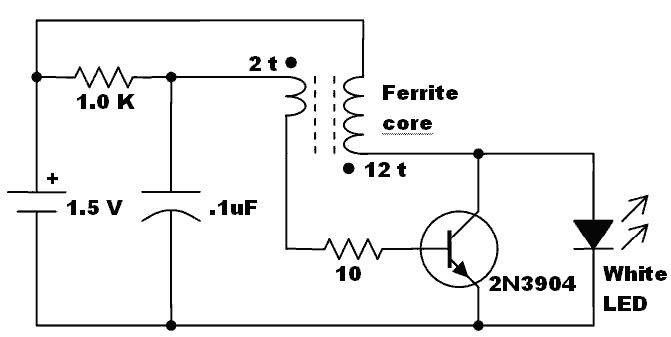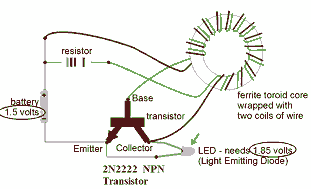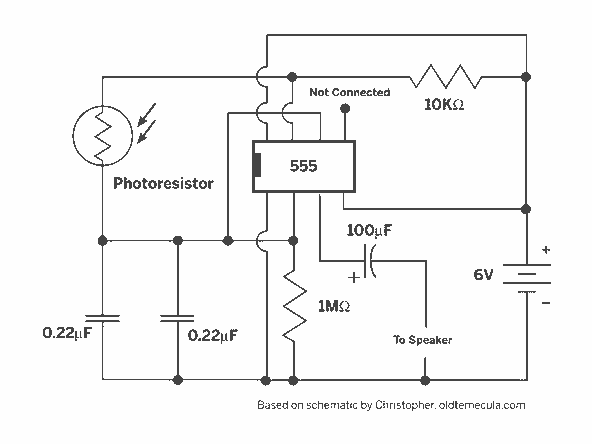
joule savercircuit
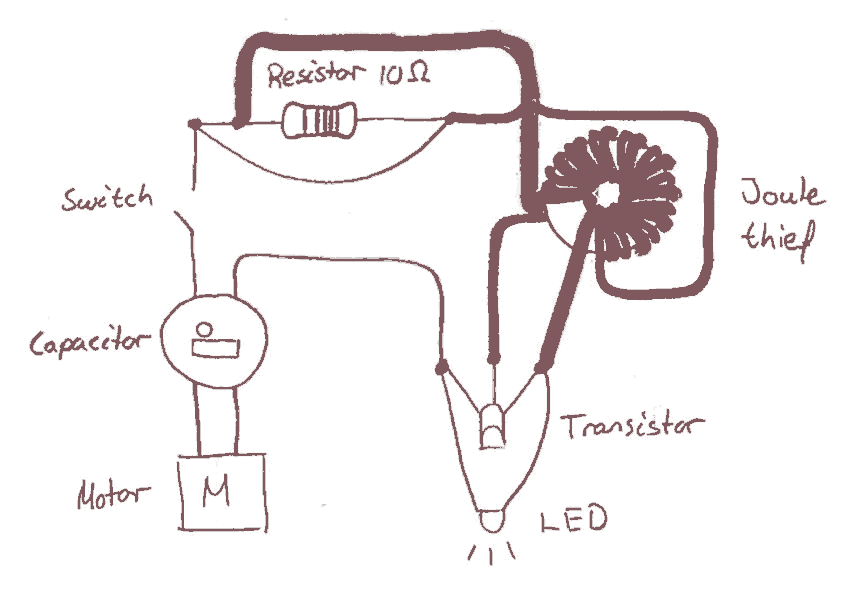
Early in the electronics design process, the decision was made to implement a joule saver in the circuit. The intention of using a joule saver is to maintain the LED light illumination even after the handle is no longer being turned. Consequently, a capacitor has been incorporated into the circuit.
The circuit design incorporates a joule saver mechanism aimed at enhancing the operational efficiency of the LED lighting system. The primary component, a capacitor, serves as an energy storage element that captures excess energy generated while the handle is being turned. This stored energy can then be released to power the LED light, ensuring it remains illuminated for a brief period after the handle stops turning.
In this configuration, the capacitor is connected in parallel with the LED. When the handle is turned, the dynamo generates electrical energy, which charges the capacitor. The charging process continues until the handle is released, at which point the capacitor discharges its stored energy to the LED. This results in a sustained light output, providing a visual indication even after the mechanical input has ceased.
To optimize performance, it is essential to select a capacitor with an appropriate capacitance value, taking into account the LED's voltage and current requirements. Additionally, a diode may be included in the circuit to prevent backflow of current, ensuring that the capacitor only discharges to the LED and not back to the power source.
The overall schematic should include the dynamo, a switch (if necessary), the capacitor, the LED, and the diode, clearly indicating the connections and polarity where applicable. This design not only improves user experience by extending the LED's illumination time but also contributes to energy efficiency by utilizing stored energy effectively.Already early in the process regarding the electronics we thought it could be useful to implement a joule saverin thecircuit. The intention using a joule saver is to keep the LED light even after stopping turning the handle. Therefore we chosen to incorporate a capacitor in the circuit. 🔗 External reference
The circuit design incorporates a joule saver mechanism aimed at enhancing the operational efficiency of the LED lighting system. The primary component, a capacitor, serves as an energy storage element that captures excess energy generated while the handle is being turned. This stored energy can then be released to power the LED light, ensuring it remains illuminated for a brief period after the handle stops turning.
In this configuration, the capacitor is connected in parallel with the LED. When the handle is turned, the dynamo generates electrical energy, which charges the capacitor. The charging process continues until the handle is released, at which point the capacitor discharges its stored energy to the LED. This results in a sustained light output, providing a visual indication even after the mechanical input has ceased.
To optimize performance, it is essential to select a capacitor with an appropriate capacitance value, taking into account the LED's voltage and current requirements. Additionally, a diode may be included in the circuit to prevent backflow of current, ensuring that the capacitor only discharges to the LED and not back to the power source.
The overall schematic should include the dynamo, a switch (if necessary), the capacitor, the LED, and the diode, clearly indicating the connections and polarity where applicable. This design not only improves user experience by extending the LED's illumination time but also contributes to energy efficiency by utilizing stored energy effectively.Already early in the process regarding the electronics we thought it could be useful to implement a joule saverin thecircuit. The intention using a joule saver is to keep the LED light even after stopping turning the handle. Therefore we chosen to incorporate a capacitor in the circuit. 🔗 External reference

